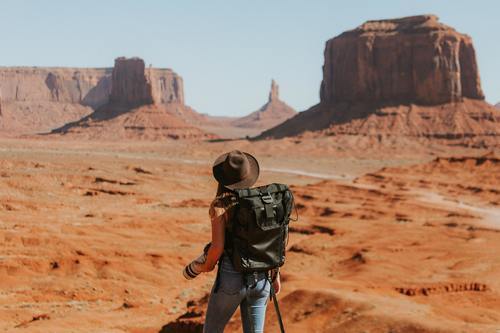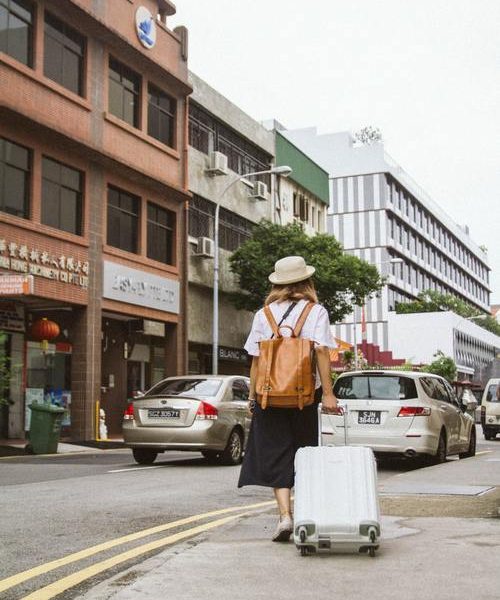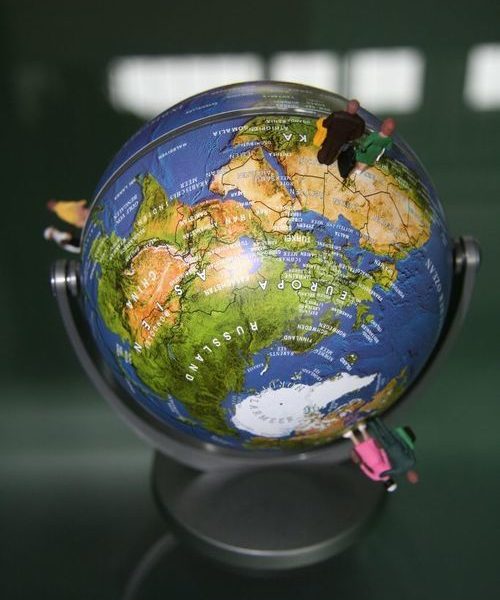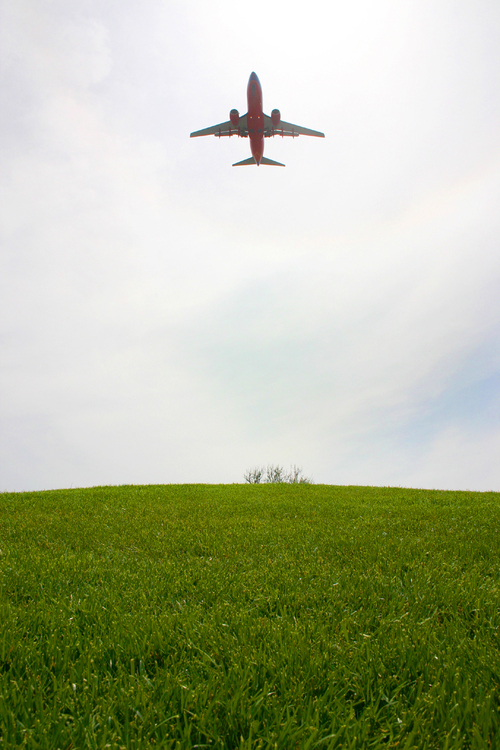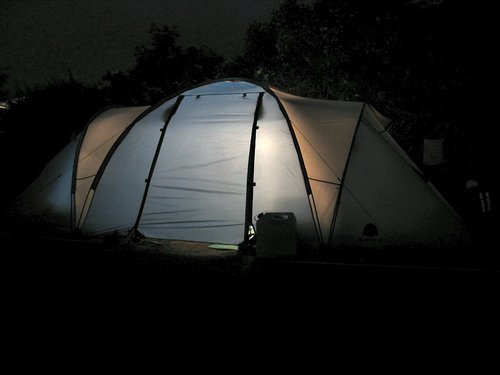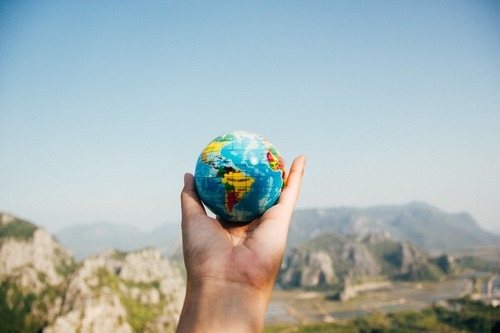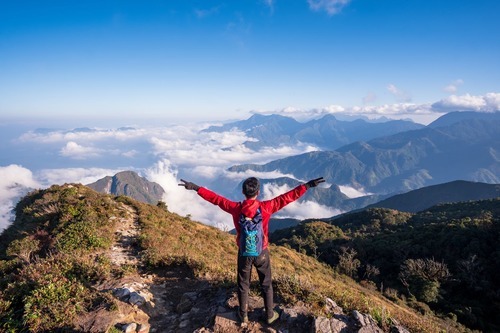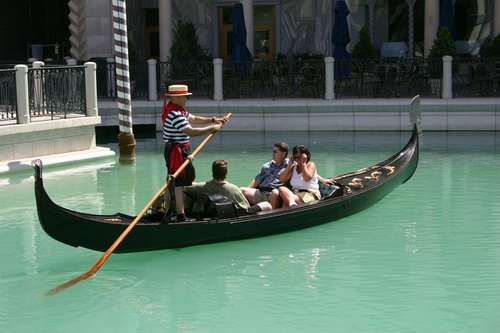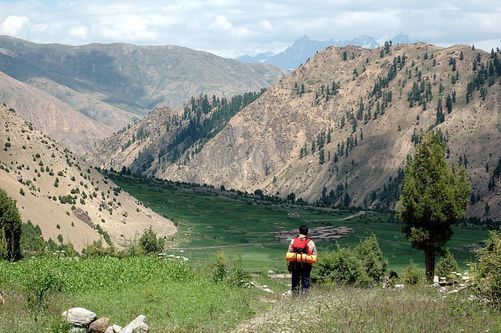Embarking on a long-term journey is one of life’s most enriching experiences. But the thought of packing for weeks or months can feel daunting, often leading to overstuffed bags that become literal burdens. I’ve spent years exploring corners of the globe, and one lesson stands out above almost all others: packing light is the key to unlocking a deeper, more comfortable, and truly liberating travel experience. It’s not about deprivation; it’s about strategic choices that enhance your freedom and allow you to focus on the adventure itself. Forget the stress of hauling heavy suitcases – let’s explore how you can pack minimally for extended travel without leaving comfort behind.
Foundations Why pack light and what to bring
The initial motivation for packing light often stems from practicalities. Avoiding checked baggage fees, especially with budget carriers where saving money is key, or navigating crowded train stations more easily are definite pluses. But the true magic of travelling light extends far beyond the financial. It’s about the profound sense of freedom and flexibility it affords. Imagine breezing through airports while others wait anxiously at the baggage carousel, or effortlessly hopping on and off local buses without wrestling a cumbersome suitcase. I quickly learned that carrying less means experiencing more. You’re more mobile, more adaptable to unexpected changes – a missed connection becomes an opportunity, not a logistical nightmare. There’s also a significant reduction in stress; knowing your essentials are always with you eliminates the worry of lost or delayed luggage (a common travel headache). It allows you to blend in more easily, feel less like a tourist weighed down by possessions, and ultimately, move through the world with greater ease and confidence. The freedom is palpable, allowing you to say ‘yes’ to more experiences.
Choosing your travel companions Luggage and organisation
Your choice of luggage is the foundation of packing light. For years, I’ve subscribed to the carry-on only philosophy, and it truly revolutionises travel. Aiming for a bag around 40-45 litres is a great starting point, as recommended by experts like Rick Steves and Packing Light Travel. This size typically fits most airline overhead bins and forces you to be selective. The debate between a backpack and a roller bag often comes up. While roller bags are convenient on smooth airport floors, my experience, especially on longer trips involving varied terrain (cobblestone streets, dirt paths!), leans towards a comfortable travel backpack. As noted by experienced travellers, backpacks are generally lighter when empty and far more versatile beyond the airport terminal. Look for lightweight yet durable options; brands are constantly innovating with materials like tough polycarbonate shells or advanced, lighter fabrics that shave off precious grams without sacrificing quality (as highlighted by travel publications). Equally important is your ‘personal item’ – a smaller backpack or duffel that fits under the seat. This keeps your absolute essentials (passport, electronics, medication, a change of clothes) accessible and doubles as your daypack for exploring destinations.
The magic of packing cubes
If there’s one packing accessory I swear by, it’s packing cubes. These simple fabric containers are game-changers for organisation and space-saving. They allow you to categorise your clothes (tops in one, bottoms in another, underwear in a third), making it incredibly easy to find what you need without rummaging through your entire bag. More importantly, they compress clothing, freeing up valuable space (a tip echoed by many minimalist travellers). Some travellers even use different coloured cubes for different categories (making identification even quicker). Beyond cubes, think about organising smaller items too. A simple sunglasses case can corral charging cables and earbuds, while a small pouch keeps toiletries contained (a handy hack). This level of organisation (as advocated by experts) not only saves space but also significantly reduces packing and unpacking time, leaving more moments for discovery.
Building your capsule wardrobe
Forget packing an outfit for every conceivable occasion. The secret to a light yet functional travel wardrobe is the ‘capsule’ concept: a limited selection of items that can be mixed and matched to create a wide variety of outfits. The key is choosing versatile pieces primarily in neutral colours – think black, grey, navy, beige, white – that all work together (emphasizing versatility). You can then add personality and adapt to different settings with a few colourful accents, like scarves or a couple of brighter tops (a suggested strategy). A limited colour palette dramatically increases your outfit potential with fewer items (as demonstrated by long-term travellers). Crucially, only pack clothes you genuinely love and feel comfortable wearing (a wise point often made). If you don’t wear it regularly at home, you’re unlikely to wear it constantly on the road. Your travel wardrobe should be practical, comfortable, and make you feel good.
Mastering layers and fabrics for all climates
Long-term travel often means encountering a range of climates. Instead of packing bulky sweaters or heavy coats, embrace the power of layering (essential for multi-temperature trips). A base layer (like a long-sleeved tee), a mid-layer (like a fleece or thin cardigan), and a lightweight waterproof/windproof outer shell can adapt to a surprising range of conditions. Fabric choice is paramount here. Merino wool is a traveller’s best friend – it’s lightweight, breathable, regulates temperature in both heat and cold, and importantly, resists odour, meaning fewer washes are needed (highlighting its benefits). Synthetics like polyester and nylon are great for quick-drying properties (a must for travel wear), while cotton should generally be avoided as it absorbs moisture and dries slowly. Also, seek out multi-functional items: a pashmina or sarong can be a scarf, blanket, beach cover-up, or even a makeshift skirt (noting their versatility). Convertible trousers that zip off into shorts (another space-saving marvel) are also worth considering.
The crucial shoe selection
Shoes are notoriously bulky and heavy, often posing the biggest packing challenge. The golden rule? Limit yourself strictly. For most long-term trips, you rarely need more than three pairs, often just two (advising a maximum of three). My go-to combination usually includes: 1) A pair of comfortable, broken-in walking shoes suitable for hours of exploring cities or light trails. 2) A pair of sandals or flip-flops for warmer weather, beaches, or hostel showers (listed as essentials). 3) Depending on the trip, potentially a third pair that’s slightly smarter but still comfortable, like foldable flats or versatile loafers (suggesting foldable options), which can bridge the gap between casual and slightly more dressed-up occasions. Always wear your heaviest, bulkiest pair on travel days to save precious space and weight in your bag.
Practicalities Toiletries, health, and packing smart
Moving beyond the core items, let’s look at the practicalities that make long-term travel comfortable and smooth. This includes managing toiletries, staying healthy, and employing smart packing strategies.
Minimising toiletries without compromise
Toiletries can quickly add significant weight and bulk. The strategy here is ruthless minimisation and smart substitution. Decant your essential liquids (shampoo, conditioner, face wash) into small, reusable travel-sized bottles (under 100ml/3.4oz to comply with carry-on rules). Better yet, embrace solid alternatives! Solid shampoo bars, conditioner bars, and soap bars last ages, don’t leak, and bypass liquid restrictions entirely (a fantastic tip for reducing liquids). Consider multi-purpose products, like a moisturiser with SPF. For non-essentials like large bottles of sunscreen or specific lotions, plan to buy them locally at your destination (a suggestion for common items). Most everyday items are readily available worldwide (as many travellers find). Simplify your routine – you likely don’t need every single product you use at home.
Health and safety essentials on the road
While packing light, never compromise on essential health items. Assemble a small, personalized first-aid kit containing basics like plasters (band-aids), antiseptic wipes, pain relievers, any personal prescription medications (carry copies of prescriptions!), and perhaps motion sickness or anti-diarrhoea medication depending on your destination and sensitivities (highlighting the importance of a tailored kit). Having these basics readily available provides peace of mind. Don’t forget hand sanitiser and perhaps some disinfectant wipes (noting their increased importance) – invaluable for maintaining hygiene on planes, trains, and in public spaces.
Packing techniques and the right mindset
How you pack is almost as important as what you pack. Experiment with techniques like rolling clothes versus folding them – many travellers find rolling saves space and can reduce wrinkles compared to simple folding (various methods exist, including rolling and KonMari folding). Stuff socks or small items inside shoes to utilise every nook and cranny. Place heavier items closer to your back and in the middle of your pack for better balance and comfort (a key tip for carrying weight). Beyond techniques, a crucial element is adopting the right mindset. Shift from packing for every ‘what if’ scenario to packing for the most likely situations (Rick Steves calls this packing for the ‘best case’). Before adding any item, ask yourself critical questions: Will I definitely use this often? Is it versatile? Is it worth the weight and space? (A great checklist of questions can help). Be honest and ditch the ‘just in case’ items you can likely live without or acquire locally (a core tenet of minimalist packing).
Laundry simplifying your travel wardrobe
The prospect of doing laundry on the road is perhaps the single biggest factor enabling truly light packing for long trips. Realising you don’t need clean clothes for every single day is liberating! Plan to wash clothes every week or so. This drastically cuts down the number of outfits required (emphasizing the utility of laundry). Many hostels and hotels offer laundry services, or you can find local laundromats. For quick washes, handwashing items in a sink using a travel-sized detergent or even just soap is perfectly feasible, especially if you’ve packed quick-drying fabrics (suggesting planning for laundry). A travel clothesline and a few lightweight pegs or clips can be useful additions.
Leaving room for serendipity and souvenirs
Resist the urge to fill your bag to its absolute capacity before you even leave home. Leaving a little bit of empty space – perhaps around 20% as Packing Light Travel recommends – is always a wise idea. This makes repacking less of a struggle (especially when you’re in a hurry) and, importantly, leaves room for those inevitable treasures and souvenirs you’ll want to bring back (reminding us to save space for memories). Having that buffer prevents you from having to buy an extra bag mid-trip or pay exorbitant shipping fees. Some travellers even pack a lightweight, foldable tote or duffel bag specifically for this purpose.
Embracing the freedom of travelling light
Packing light for long-term travel isn’t just a practical skill; it’s a philosophy that transforms how you experience the world. It strips away the unnecessary, leaving you free to immerse yourself more fully in your surroundings. The reduction in physical burden translates directly into mental lightness – less stress, less worry, more energy for exploration and connection. It encourages resourcefulness and adaptability, often leading to more authentic interactions and discoveries off the beaten path. Once you’ve tasted the freedom of navigating a new city with just a light pack on your back, unencumbered and agile, it’s hard to go back to the old ways. So, take the plunge, streamline your packing list, and embrace the journey with open hands and a lighter load. As Rick Steves’ simple mantra puts it, “Pack light… be happy.” It holds so much truth. The world feels bigger, and your possibilities feel endless.


